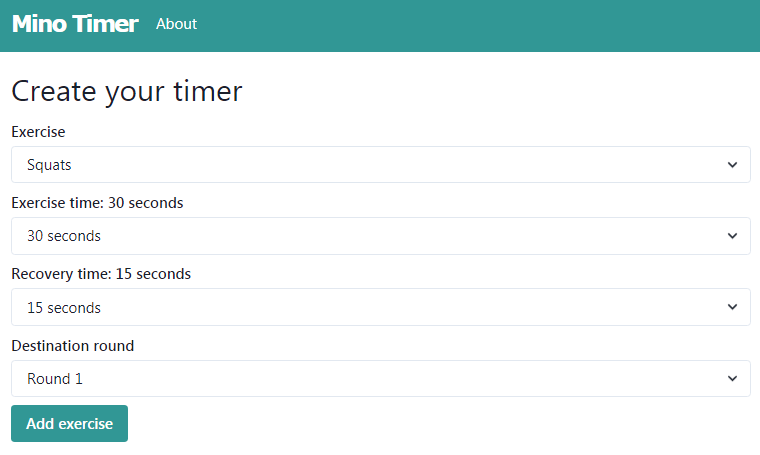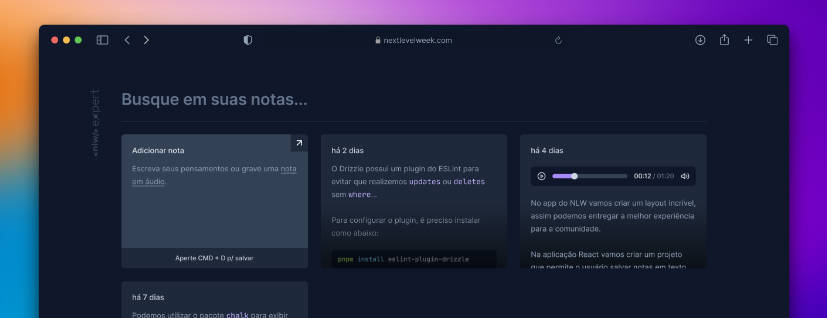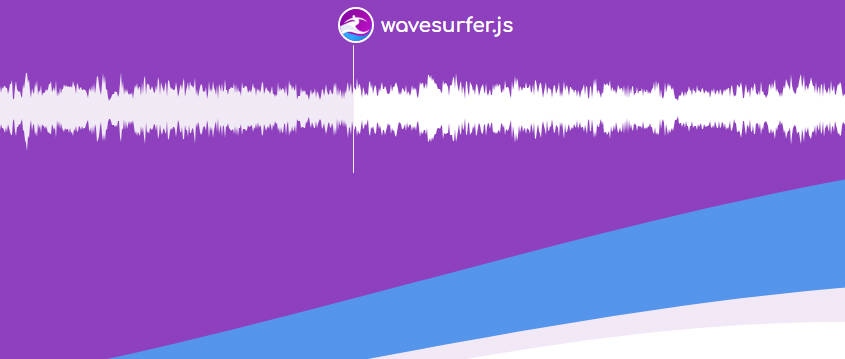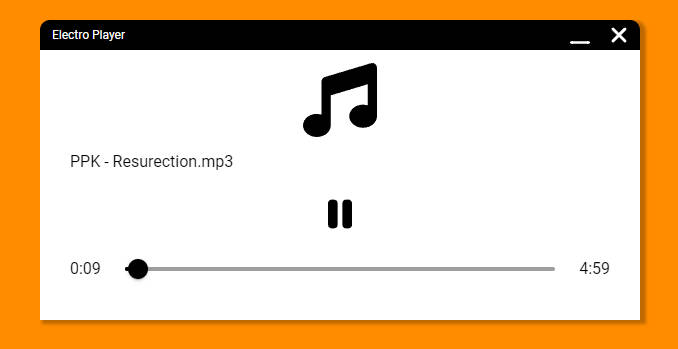react-use-audio-player
A custom React hook for controlling browser audio powered by the amazing howler.js library. The intention of this package is to abstract away the details of howler's API using built-in React primitives to create an interface that is more React-friendly, allowing you to write React code that is free from audio-related side-effects.
Install
yarn add react-use-audio-player
TypeScript
For convenience, the library's type definitions are included in the package under index.d.ts.
Usage
This library exports a context Provider and two hooks for controlling an audio source, giving you the tools you need to build you own audio player or visualization.
AudioPlayerProvider
This Provider is required for the hooks to function.
The Provider contains a single audio source and exposes an interface for manipulating it via the useAudioPlayer hook.
The benefit of having a single, shared audio source is that it allows the developer to compose together multiple components that share knowledge about the audio.
For example, you may have separate components PlayPauseButton, SeekBar and VolumeControls all working together on the same audio source.
import React from "react"
import { AudioPlayerProvider } from "react-use-audio-player"
const App = () => {
return (
<AudioPlayerProvider>
<AudioPlayer file="meow.mp3" />
</AudioPlayerProvider>
)
}
useAudioPlayer
This is the main hook for controlling your audio instance.
Example:
import React from "react"
import { useAudioPlayer } from "react-use-audio-player"
const AudioPlayer = ({ file }) => {
const { togglePlayPause, ready, loading, playing } = useAudioPlayer({
src: file,
format: "mp3",
autoplay: false
})
if (!ready && !loading) return <div>No audio to play</div>
if (loading) return <div>Loading audio</div>
return (
<div>
<button onClick={togglePlayPause}>{playing ? "Pause" : "Play"}</button>
</div>
)
}
API
Arguments
(optional) audioPlayerConfig: { src: string, format?: string, autoplay?: boolean }
autoplayandformatare optional.autoplaywill default to false.
Return Value
useAudioPlayer returns a single object containing the following members:
-
load: ({ src: string, format?: string, autoplay?: boolean }) => void
method to lazily load audio -
loading: boolean
true if audio is being fetched -
ready: boolean
true if the audio has been loaded and can be played -
playing: boolean
true is the audio is currently playing -
stopped: boolean
true if the audio has been stopped -
error: Error
set when audio has failed to load -
play: () => void
plays the loaded audio -
pause: () => void
pauses the audio -
togglePlayPause: () => void
convenient equivalent to alternating calls toplayandpause -
stop: () => void
stops the audio, returning the position to 0 -
seek: (position: number) => number | undefined
sets the position of the audio to position (seconds) -
mute: () => void
mutes the audio -
volume: (value: number) => number
get/set the volume of the current sound. Volume values between 0.0 and 1.0
useAudioPosition
This hooks exposes the current position and duration of the audio instance as its playing in real time.
This data may be useful when animating a visualization for your audio like a seek bar.
A separate hook was created to manage this state in order to avoid many rerenders of components that don't need the live data feed.
For example a component that renders a play/pause button may use useAudioPlayer but does not need to rerender every time the position of the playing audio changes.
import React from "react"
import { useAudioPosition } from "react-use-audio-player"
const PlayBar = () => {
const { position, duration } = useAudioPosition({ highRefreshRate: true })
const [percent, setPercent] = React.useState(0)
React.useEffect(() => {
setPercent((position / duration) * 100 || 0)
}, [position, duration])
return <ProgressBar percentComplete={percent} />
}
API
Arguments
(optional) config: { highRefreshRate: boolean }
highRefreshRatewill allow useAudioPosition to update state at a smooth 60fps rate
via the browser's requestAnimationFrame API. This is ideal for when you want smoother animations.
Return Value
useAudioPosition returns an object containing the following members:
-
position: number
the current playback position of the audio in seconds -
duration: number
the total length of the audio in seconds -
seek
For convenience theseekmethod from useAudioPlayer is also returned from this hook
Examples
To run the example applications follow the following steps:
git clonethe repositorycd useAudioPlayer/examplesyarn installyarn start- follow the local README for further assistance
Release
The most basic npm release strategy is being followed for now. A good explanation can be found here.
Steps
- commit work & tests
yarn/npm version(preversion script will ensure code is tested and built)yarn/npm publishgit push&git push --tags





